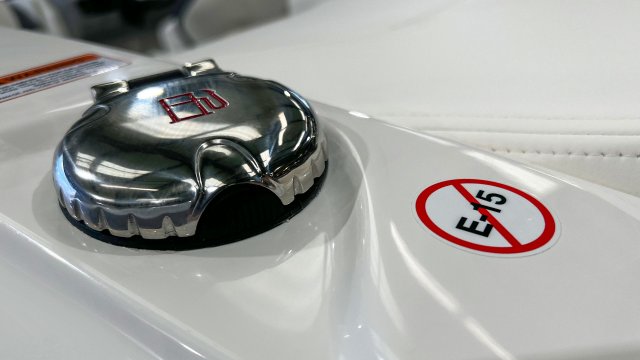

As noted in the Wall Street Journal on April 12th, the U.S. administration will begin to allow the sale of E-15 (high ethanol) gasoline to be sold during the summer months in an effort to lower fuel prices; however, while it may be tempting to reach for that lower priced fuel option at the pump, E15 can damage your marine engine, void your warranty and is also prohibited under federal law for use in boat engines.
Let’s take a closer look at how Ethanol gasoline affects marine engines. Ethanol fuel is subject to phase-separation which means that when moisture is introduced to the fuel tank, usually through normal changes in temperature, it binds to the ethanol which causes it to settle to the bottom of the fuel tank. This ethanol-water combination creates a sludge that will harm your engine and can be corrosive to engine components.
Don’t be confused at the pump as avoiding ethanol fuel can be tricky. Many non-marine gas stations use various labels to market ethanol gas. Look for labeling that may read E15, E85 or Unleaded 88 and stay away from those grades. 88 Octane is a new way of marketing E15, so even if the pump doesn’t state that it contains ethanol, knowing what to look for is key. When in doubt, E10 or less is acceptable, but should be avoided and if you find that you have used E10, be sure to use up all of the fuel or add a stabilizer - and never let it sit in your tank for extended periods of time.
